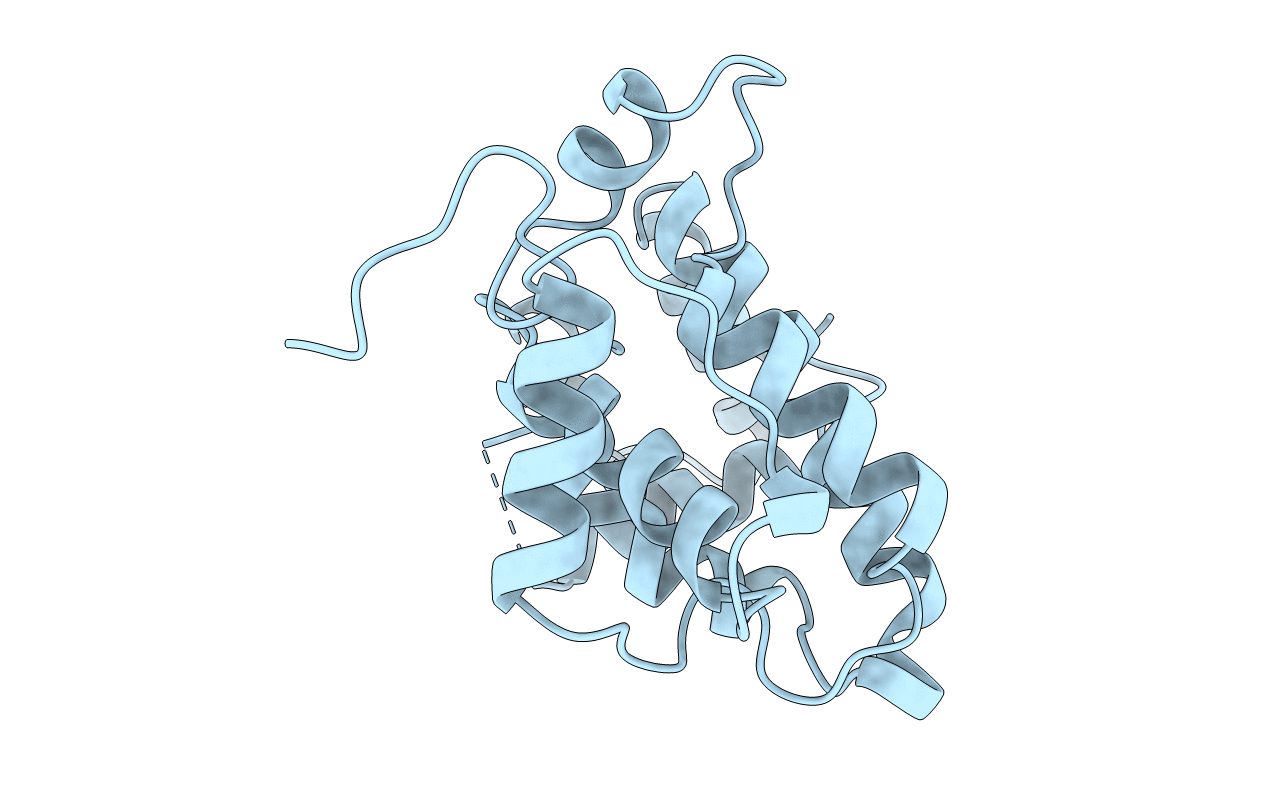
Deposition Date
1996-12-05
Release Date
1997-10-15
Last Version Date
2024-02-14
Method Details:
Experimental Method:
Resolution:
2.00 Å
R-Value Free:
0.28
R-Value Work:
0.22
Space Group:
P 21 21 21


